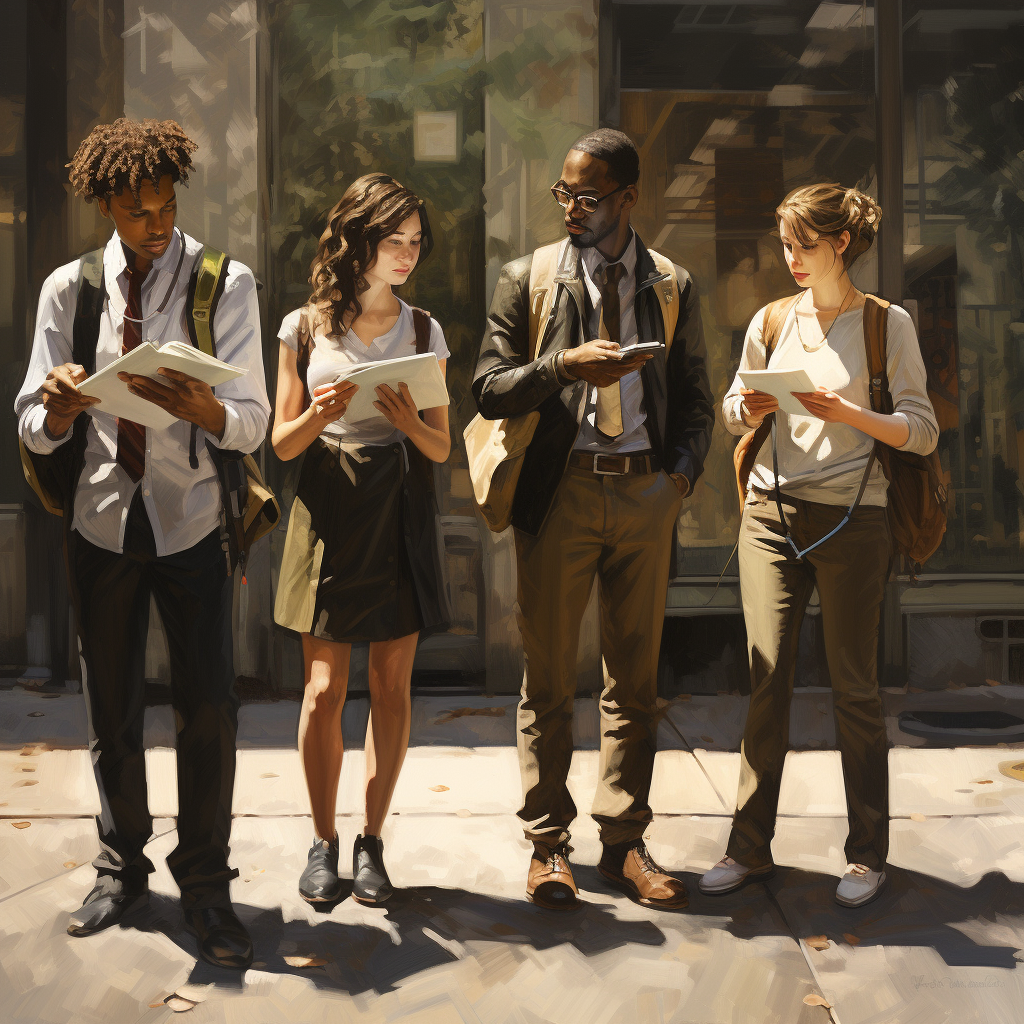I’ll be mostly preaching to the choir, here. Yet, I might also be giving you a helping hand when, the next time, you are asked what the point of this whole ‘walking art’ business is that you partake in.
So, here are five misconceptions on walking art, with explanations as to why they are just plain wrong.
- Misconception: Walking Art Is Not a Legitimate Form of Art
Wrong, in fact: Walking art is a legitimate and recognized form of performance art. It often involves the artist using walking as a means to explore spaces, interact with environments, and make sociopolitical statements. This form of art can be traced back to the Situationist International movement of the 1960s. - Misconception: Walking Art Requires No Skill or Planning
Wrong, in fact: Contrary to this belief, walking art requires significant planning, creativity, and sometimes even physical endurance. Artists often meticulously plan their routes and actions to convey specific messages or evoke certain emotions. The execution can involve complex choreography and interaction with surroundings. - Misconception: Walking Art is Merely About Walking
Wrong, in fact: Walking art is much more than just the act of walking. It encompasses the exploration of space, interaction with the public, and often includes elements of performance, storytelling, and visual art. The walk itself is a medium to express broader artistic concepts and ideas. - Misconception: Walking Art Can Only Be Done in Specific Locations
Wrong, in fact: Walking art can be performed in a wide variety of locations, from urban streets to natural landscapes. The choice of location is often integral to the artwork, providing context and meaning. Artists select locations based on the specific narrative or theme they wish to explore. - Misconception: Walking Art Does Not Have a Historical or Cultural Significance
Wrong, in fact: Walking art has a rich historical and cultural background. It connects to various cultural practices, religious pilgrimages, and historical events. The act of walking as a form of expression can be linked to many traditions and movements throughout history, giving it deep cultural significance.
So there. You and I know and understand the importance and relevance of walking art. But here it is, neatly and succinctly summed up.


